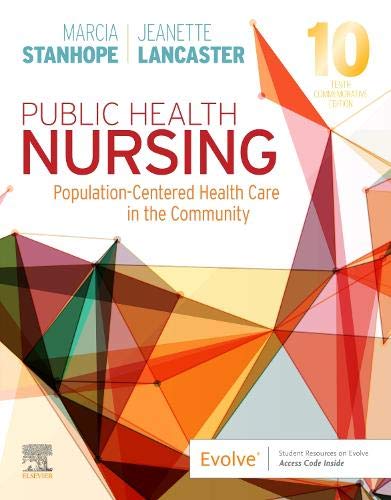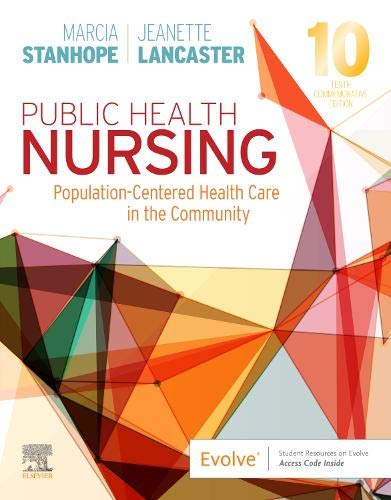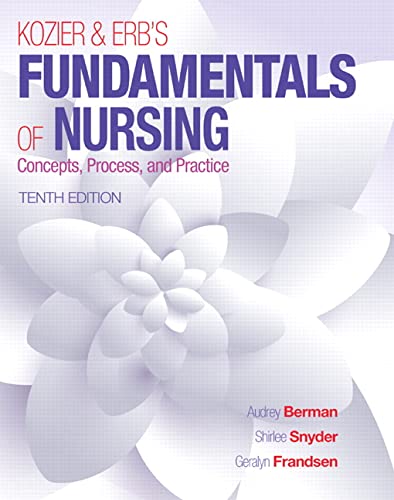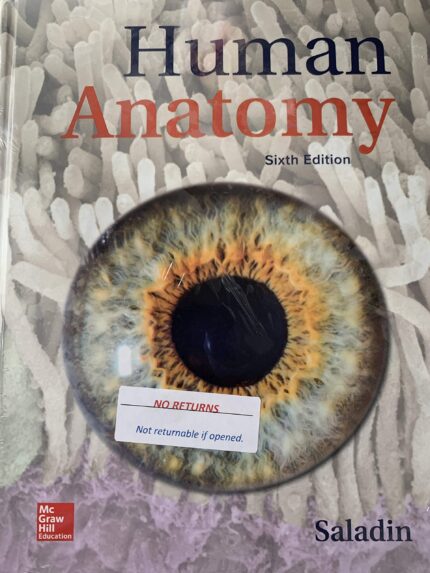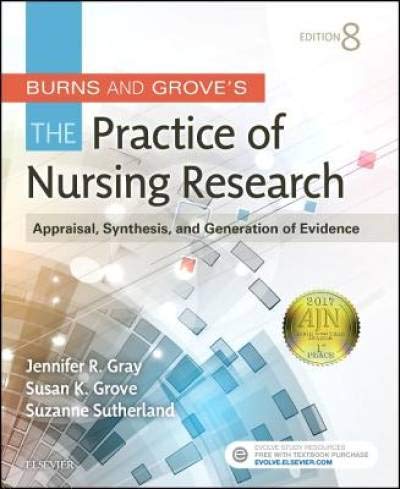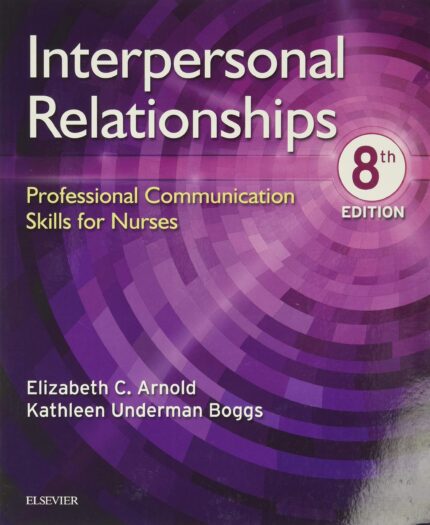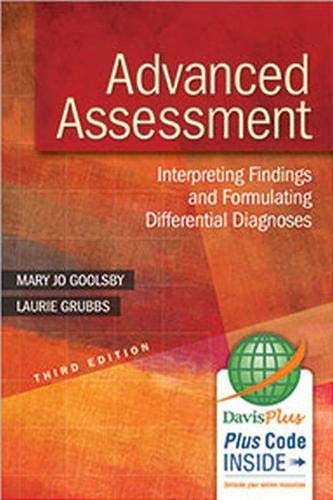Test Bank For Public Health Nursing 10th Edition by Stanhope
Test Bank For Public Health Nursing 10th Edition by Stanhope
Public Health Nursing 10th Edition by Stanhope – Test Bank
Public Health Nursing 10th Edition
Public Health Nursing 10th Edition
Chapter 02: History of Public Health and Public and Community Health Nursing
Stanhope: Public Health Nursing: Population-Centered Health Care in the
Community, 10th Edition
MULTIPLE CHOICE
1. In the past, what term was used to identify population-centered nurses?
a. District nurses
b. Almshouse nurses
c. Soldier nurses
d. Sisters
ANS: A
In the past, population-centered nurses have been called public health nurses (PHNs),
district nurses, visiting nurses, school nurses, occupational health nurses, and home health
nurses. Many women who performed nursing functions in almshouses and early hospitals in
Great Britain were poorly educated, untrained, and often undependable. The original soldier
nurses worked with Florence Nightingale at Scutari. Various groups of “sisters” have been
used throughout history to care for the poor.
DIF: Cognitive level: Remembering TOP: Nursing process: Assessment
MSC: NCLEX: Safe and Effective Care Environment: Management of Care
2. A nurse is working in a public health nursing setting. Which statement best describes why
this specialty is appealing to nurses?
a. Interactions with wealthy contributors to secure funding
b. Autonomy and independence of practice
c. Ability to locate the source of diseases and cure patients
d. Opportunities to meet a variety of people
ANS: B
Community health nurses have a long history of autonomous practice, problem solving, and
decision making. Community health care nurses engage in the other activities as well, but
overall, they have been best known for autonomy of practice.
DIF: Cognitive level: Understanding TOP: Nursing process: Assessment
MSC: NCLEX: Safe and Effective Care Environment: Management of Care
3. What are the newest threats to health in the United States that community health nurses deal
with?
a. Diphtheria, cholera, and hepatitis
b. HIV, influenza, and bioterrorism
c. Avian flu, tuberculosis (TB), and radiation
d. Polluted water and air
ANS: B

